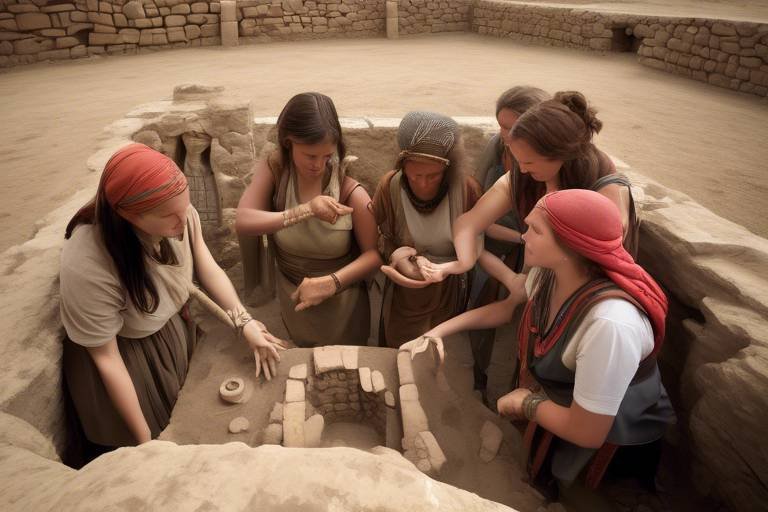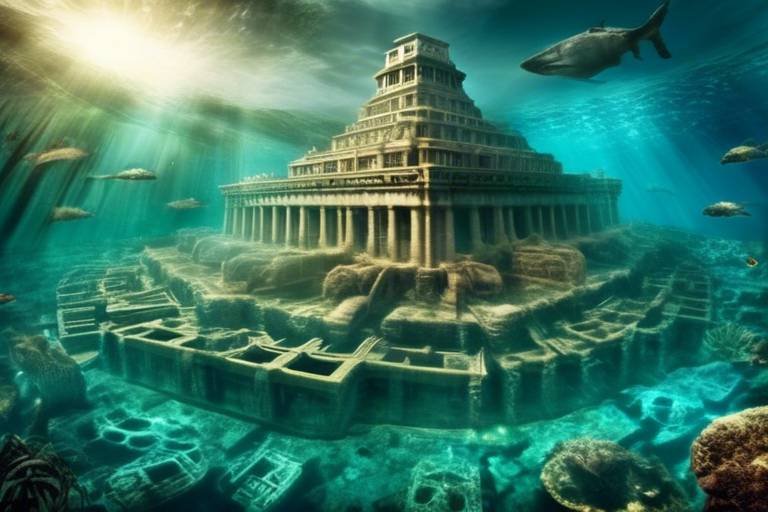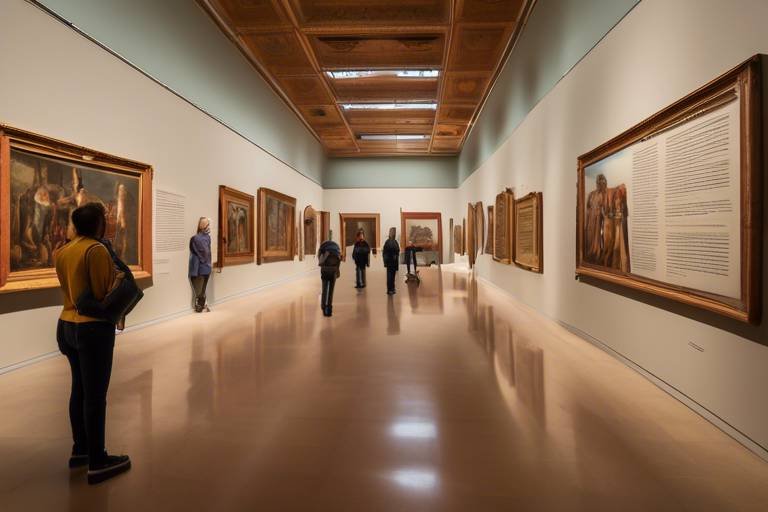How Archaeology Challenges Historical Narratives
Archaeology serves as a powerful tool in challenging and reshaping established historical narratives by unearthing hidden truths and unveiling new perspectives on the past. Through meticulous excavations and analysis of artifacts, archaeologists delve deep into the layers of history, often uncovering surprises that force us to reevaluate what we thought we knew.

Reinterpreting Ancient Civilizations
Exploring how archaeological discoveries can challenge and reshape established historical narratives, offering new insights and perspectives on the past.
When archaeologists unearth new artifacts or reexamine existing ones, they often find themselves reevaluating what we thought we knew about ancient civilizations. It's like solving a puzzle with missing pieces; each new discovery fills in gaps and sometimes even changes the entire picture. For example, the discovery of the Indus Valley Civilization challenged previous notions of urban planning and sanitation systems, showcasing a level of sophistication previously underestimated. These reinterpretations not only alter our understanding of past cultures but also force us to reconsider the interconnectedness of ancient societies. It's akin to rewriting a chapter in a book, where every word matters and can alter the narrative significantly.

Uncovering Lost Cities and Civilizations
Uncovering lost cities and civilizations through archaeological excavations is like unraveling a mystery that has been buried beneath layers of time. Imagine stumbling upon the remnants of an ancient metropolis, its grandeur and secrets hidden for centuries, waiting to be brought back to light. These discoveries not only captivate the imagination but also provide invaluable insights into the past, reshaping our understanding of human history.
Archaeologists painstakingly sift through the debris of time, unearthing remnants of once-thriving societies that have long been forgotten. The discovery of lost cities such as Pompeii or Machu Picchu offers a glimpse into the daily lives, customs, and architectural marvels of ancient civilizations, painting a vivid picture of their cultural achievements and societal structures.
Moreover, uncovering lost civilizations can challenge prevailing historical narratives by revealing hitherto unknown aspects of human development. The excavation of sites like Göbekli Tepe in Turkey has pushed back the timeline of organized human activity, suggesting a more complex and sophisticated ancient world than previously believed. These findings force us to reconsider the trajectory of human progress and the interconnectedness of early societies.
Lost cities and civilizations hold within their ruins the stories of the past, waiting to be deciphered and shared with the world. Each artifact unearthed is a piece of a puzzle that archaeologists painstakingly piece together, shedding light on the mysteries of bygone eras and offering a window into the lives of our ancestors.

Decoding Ancient Scripts and Languages
Decoding Ancient Scripts and Languages in archaeology plays a crucial role in unraveling the mysteries of the past. By deciphering ancient writings, researchers can access a wealth of knowledge and stories that have been preserved for centuries. Imagine being able to read the words of long-gone civilizations, understanding their beliefs, rituals, and daily lives through the symbols they left behind. It's like cracking a secret code that opens a window into the ancient world, offering a glimpse into the minds of our ancestors.
One of the most famous examples of deciphering ancient scripts is the Rosetta Stone, a stele found in Egypt that contained inscriptions in three different scripts: Greek, Demotic, and hieroglyphics. This discovery was instrumental in helping scholars unlock the mysteries of Egyptian hieroglyphics, leading to a greater understanding of ancient Egyptian culture and history. The ability to decode these ancient languages not only sheds light on the past but also allows us to appreciate the sophistication and complexity of ancient civilizations.
Archaeologists and linguists use various techniques to decipher ancient scripts, including comparing known languages, analyzing patterns in the texts, and studying contextual clues from archaeological sites. It's a meticulous process that requires patience, expertise, and a deep understanding of linguistic principles. By piecing together fragments of texts and symbols, researchers can reconstruct forgotten languages and bring ancient stories back to life.
Through the decoding of ancient scripts and languages, archaeologists can rewrite history books, challenge established narratives, and offer fresh perspectives on the past. These linguistic puzzles not only provide insights into specific cultures but also contribute to our collective understanding of human civilization as a whole. Each deciphered script is like a missing piece of a jigsaw puzzle, helping us complete the picture of our shared heritage.
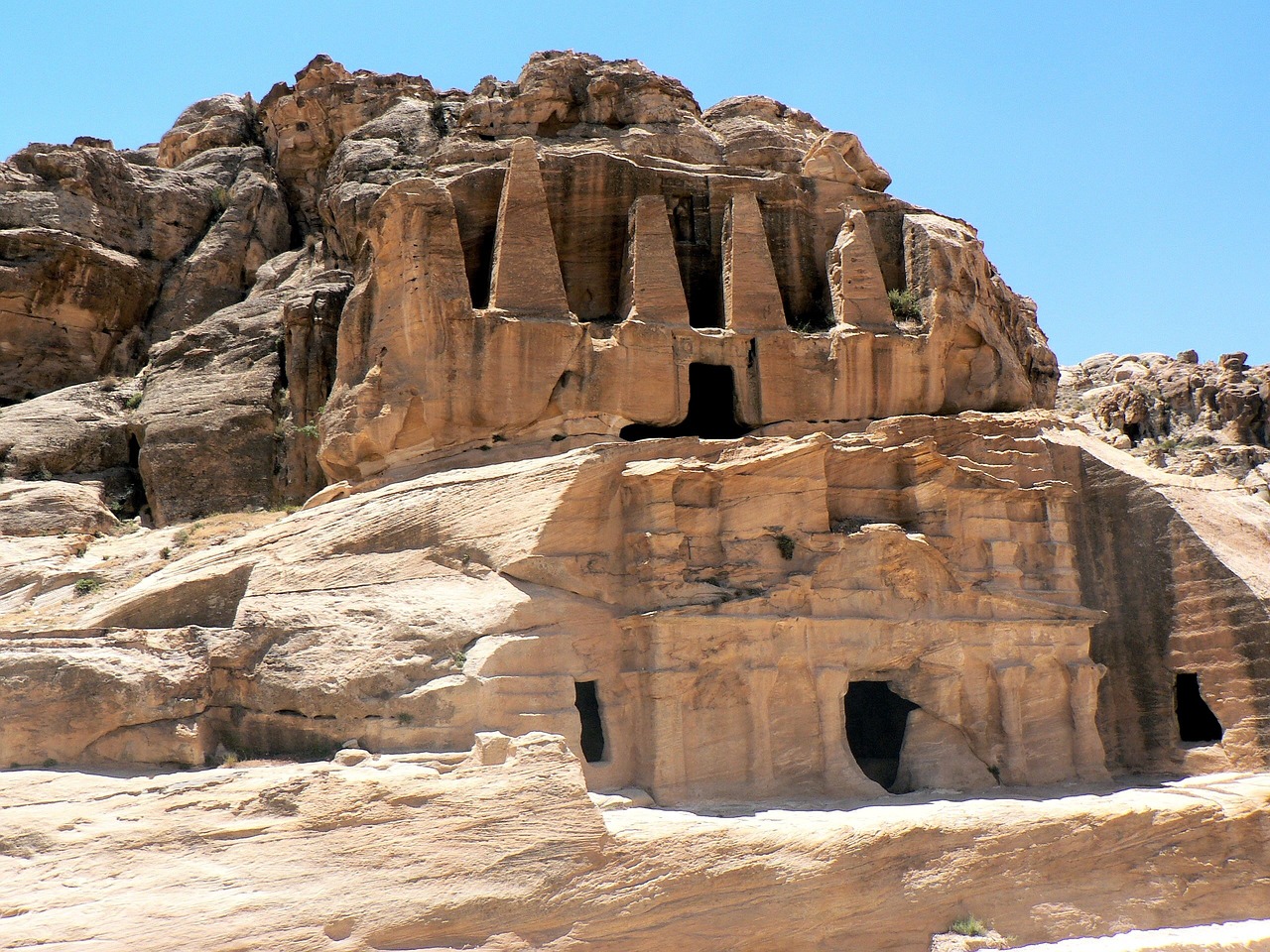
Revisiting Historical Events and Figures
When archaeologists delve into the remnants of the past, they often unearth surprising revelations that challenge our long-held beliefs about historical events and prominent figures. Imagine a detective investigating a cold case, sifting through clues and piecing together a new narrative that upends everything we thought we knew. Similarly, archaeological evidence has the power to shake the foundations of established historical accounts, forcing us to reconsider the timelines, motivations, and impact of key events and individuals.
Through meticulous excavation and analysis, archaeologists can uncover artifacts and sites that offer fresh perspectives on ancient battles, political alliances, and societal structures. These discoveries act as time capsules, preserving moments in history that may contradict or enhance the stories passed down through generations. Just as a new witness can change the course of a trial, a single artifact can rewrite the history books, inviting us to see familiar events through a different lens.
One of the most fascinating aspects of revisiting historical events and figures through archaeology is the opportunity to humanize the past. Rather than viewing ancient civilizations as distant and incomprehensible, we can connect with them on a more intimate level, understanding their daily struggles, triumphs, and aspirations. It's like discovering a hidden chapter in a book we thought we knew by heart, adding depth and complexity to characters we once saw in black and white.
Moreover, the reinterpretation of historical events and figures can spark lively debates among scholars and historians, enriching our understanding of the past through diverse perspectives and interpretations. Just as a painting can look drastically different depending on the angle from which it is viewed, historical events can take on new meanings when examined through the lens of archaeological findings. The past becomes a living, breathing entity, inviting us to question, analyze, and appreciate the intricate tapestry of human history.
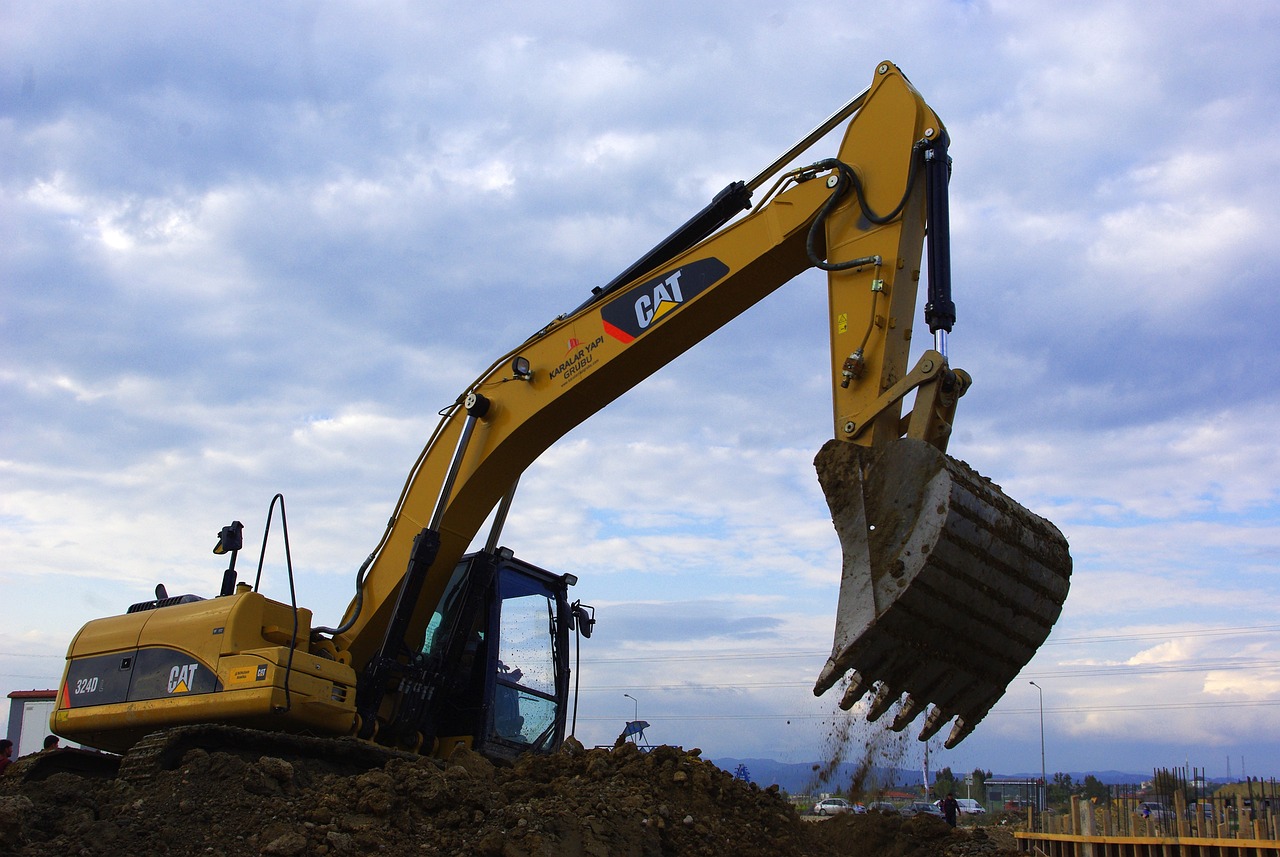
Tracing Human Migration Patterns
Exploring how archaeological discoveries can challenge and reshape established historical narratives, offering new insights and perspectives on the past.
When archaeologists delve into the past, they not only uncover artifacts and ruins but also trace the intricate paths of human migration throughout history. By studying ancient settlements, burial sites, and genetic markers, researchers can piece together the movements of our ancestors across continents and oceans. Imagine following a trail of breadcrumbs scattered across time, each crumb revealing a new chapter in the epic saga of human dispersal.

Examining Trade Routes and Cultural Exchange
Exploring how archaeological discoveries can challenge and reshape established historical narratives, offering new insights and perspectives on the past.
When delving into the realm of archaeology, one can't overlook the fascinating role it plays in uncovering ancient trade routes and networks of cultural exchange. Through meticulous excavation and analysis, archaeologists unveil the interconnectedness of past societies, revealing the intricate web of trade routes that facilitated the exchange of ideas, goods, and technologies.
Imagine ancient merchants embarking on perilous journeys, traversing vast distances to engage in trade with distant civilizations. The archaeological evidence of trade goods, such as exotic pottery or precious metals, provides valuable clues about the economic relationships between different regions. These findings not only shed light on the economic activities of the past but also demonstrate the cultural influences that permeated through trade networks.
Furthermore, the discovery of trade routes highlights the dynamic nature of ancient societies, showcasing how interactions between diverse cultures fueled innovation and cultural exchange. Through archaeology, we can trace the flow of commodities and ideas across continents, unraveling the complex tapestry of human interaction that shaped the development of civilizations.
1. How accurate are archaeological interpretations of ancient trade routes?
2. What role does archaeology play in understanding the cultural exchange between civilizations?
3. Can archaeological findings challenge existing theories about ancient trade networks?
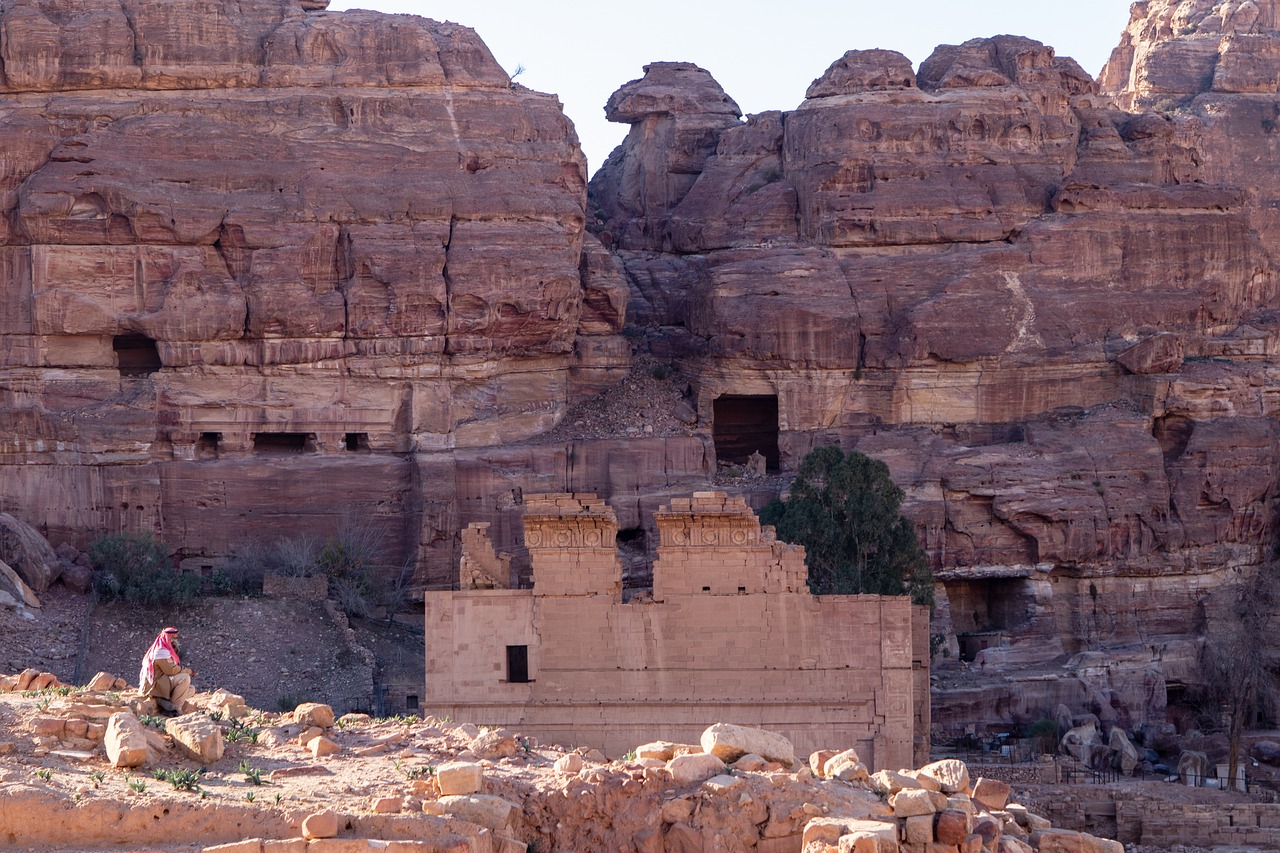
Preserving and Interpreting Heritage Sites
Preserving and interpreting heritage sites through archaeology is crucial in safeguarding our cultural heritage for future generations. These sites serve as windows into the past, allowing us to connect with the history and traditions of our ancestors. By carefully excavating and preserving these sites, archaeologists can uncover valuable artifacts and structures that provide insights into ancient civilizations.
Moreover, interpreting heritage sites involves piecing together the puzzle of the past, reconstructing how people lived, worked, and interacted in bygone eras. Through detailed analysis of artifacts, architecture, and inscriptions, researchers can reconstruct the daily lives and beliefs of past societies, shedding light on their cultural practices and technological advancements.
Archaeology plays a vital role in not only preserving physical remains but also in interpreting their significance within the broader historical context. By studying heritage sites, archaeologists can unravel the stories of past communities, exploring their social structures, economic activities, and belief systems.
Furthermore, interpreting heritage sites fosters a deeper understanding and appreciation of diverse historical legacies. By engaging with these sites, visitors can gain a profound sense of connection to the past, learning about the struggles, triumphs, and innovations of earlier civilizations.
Overall, preserving and interpreting heritage sites through archaeology is a multifaceted endeavor that combines scientific rigor with cultural sensitivity. It requires a delicate balance between conservation and exploration, ensuring that the treasures of the past are safeguarded while also being made accessible to present and future generations.
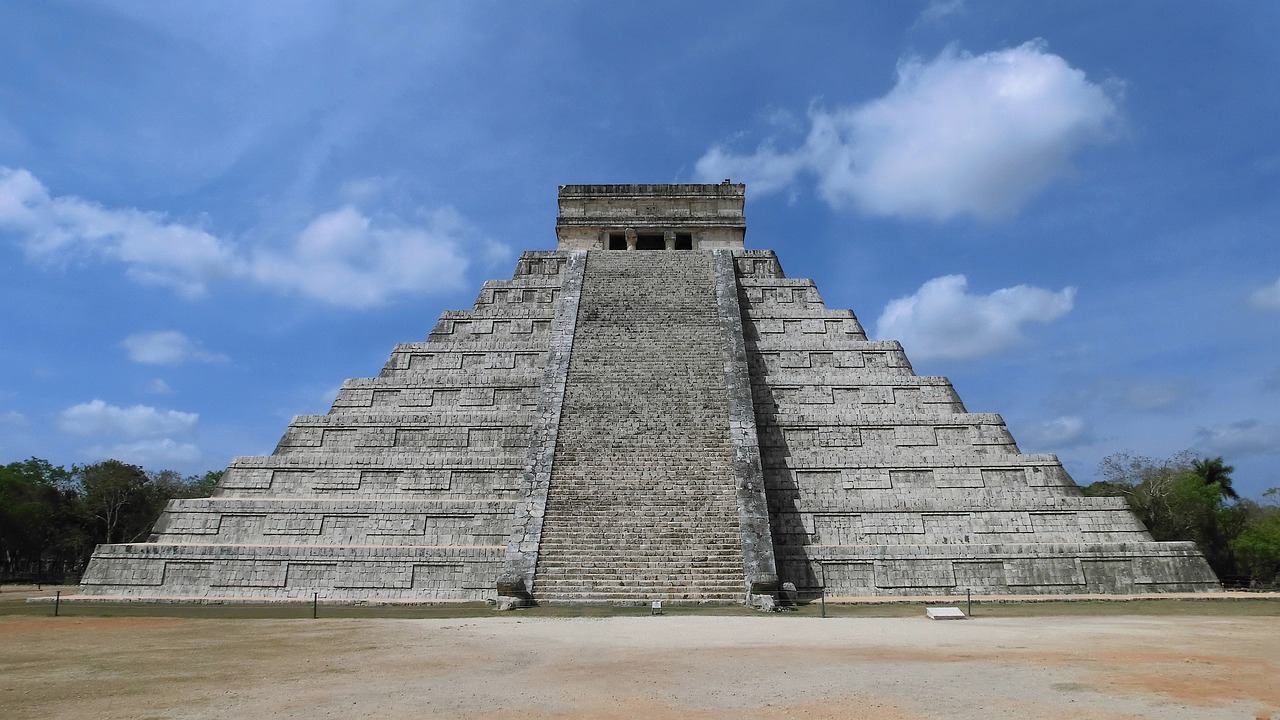
Challenges and Controversies in Archaeological Interpretation
Exploring how archaeological discoveries can challenge and reshape established historical narratives, offering new insights and perspectives on the past.
When delving into the realm of archaeology, one cannot ignore the myriad challenges and controversies that surround the interpretation of ancient artifacts and sites. The field of archaeology is not without its complexities, as scholars often grapple with debates over methodologies, biases, and the implications of new discoveries on established historical narratives. One of the key challenges faced by archaeologists is the interpretation of incomplete or ambiguous findings, which can lead to differing conclusions and interpretations.
Moreover, the issue of cultural biases and preconceptions can also influence how archaeological evidence is interpreted. As researchers bring their own perspectives and backgrounds to the table, there is a risk of imposing modern beliefs onto ancient civilizations, potentially distorting the true historical context. This highlights the importance of maintaining objectivity and considering multiple viewpoints when analyzing archaeological data.
Another controversial aspect of archaeological interpretation is the ethical dilemmas surrounding the excavation and preservation of cultural heritage sites. Questions of ownership, repatriation, and the impact of archaeological activities on local communities are hotly debated topics within the field. Balancing the need for scientific exploration with respect for indigenous cultures and heritage is an ongoing challenge that archaeologists must navigate.
Furthermore, as new technologies and methodologies continue to evolve, the field of archaeology faces the challenge of integrating these advancements while ensuring the reliability and accuracy of findings. The use of cutting-edge tools such as LiDAR scanning and DNA analysis has revolutionized the way archaeological data is collected and analyzed, but it also raises questions about data interpretation and the potential for errors or misinterpretations.
In conclusion, the challenges and controversies in archaeological interpretation underscore the dynamic and evolving nature of the field. By critically examining these issues and engaging in open dialogue, archaeologists can strive towards a more nuanced and comprehensive understanding of the past, enriching our collective knowledge of human history.
Stay tuned for the answers to some common questions about archaeology and its impact on historical narratives.
Frequently Asked Questions
- What is the significance of archaeology in challenging historical narratives?
Archaeology plays a crucial role in challenging historical narratives by providing tangible evidence that can reshape our understanding of the past. Through excavations and analysis of artifacts, archaeologists uncover new information that may contradict or add depth to established historical accounts.
- How do archaeological discoveries impact our perception of ancient civilizations?
Archaeological findings prompt scholars to reevaluate ancient civilizations by offering insights into their cultures, technologies, and interactions. These discoveries often lead to revised interpretations of historical events and figures, enriching our knowledge of the past.
- What role does archaeology play in decoding ancient scripts and languages?
Archaeology is instrumental in deciphering ancient scripts and languages, allowing researchers to unlock the stories and knowledge preserved in inscriptions, texts, and artifacts. This process helps us gain a deeper understanding of past civilizations and their communication methods.
- How does archaeology contribute to tracing human migration patterns?
Archaeological findings aid in tracing human migration patterns throughout history by providing evidence of ancient populations' movements and settlements. By studying artifacts and sites, researchers can piece together the journeys of early human societies.
- What are some challenges and controversies in archaeological interpretation?
Archaeological interpretation faces complexities and controversies such as debates over methodologies, biases, and the implications of new discoveries on established historical narratives. These challenges highlight the dynamic nature of historical research and the need for critical analysis in interpreting the past.








